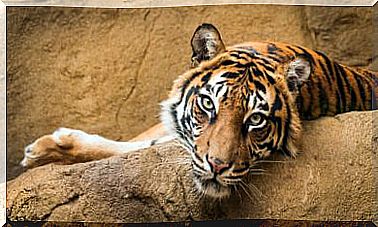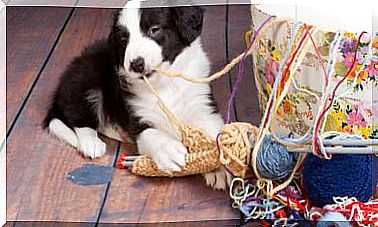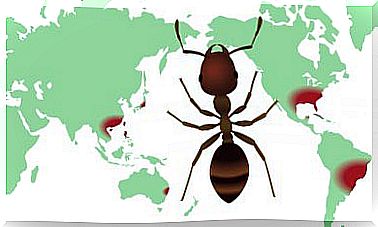Extinct Dog Breeds
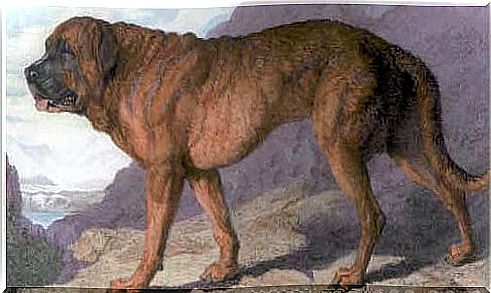
Currently there are more than 800 types of dogs around the world. However, in the past there were others that did not reach our days for different reasons. In the following article we will tell you what are some of the extinct dog breeds.
What breeds of extinct dogs are known?
According to the researchers, around 25 breeds of dogs no longer exist for various reasons. Pay attention to some of the extinct dogs:
1. Alano
It existed from the Ancient Ages to the 17th century in Central Asia and Europe. It is the ancestor of the Spanish Alano, a large animal with short hair and various types of coat. They were known for their bravery and were used for battles as warriors, as guardians, as cattlemen, and for herding. Other breeds such as the Bulldog also emerge from the Alano.
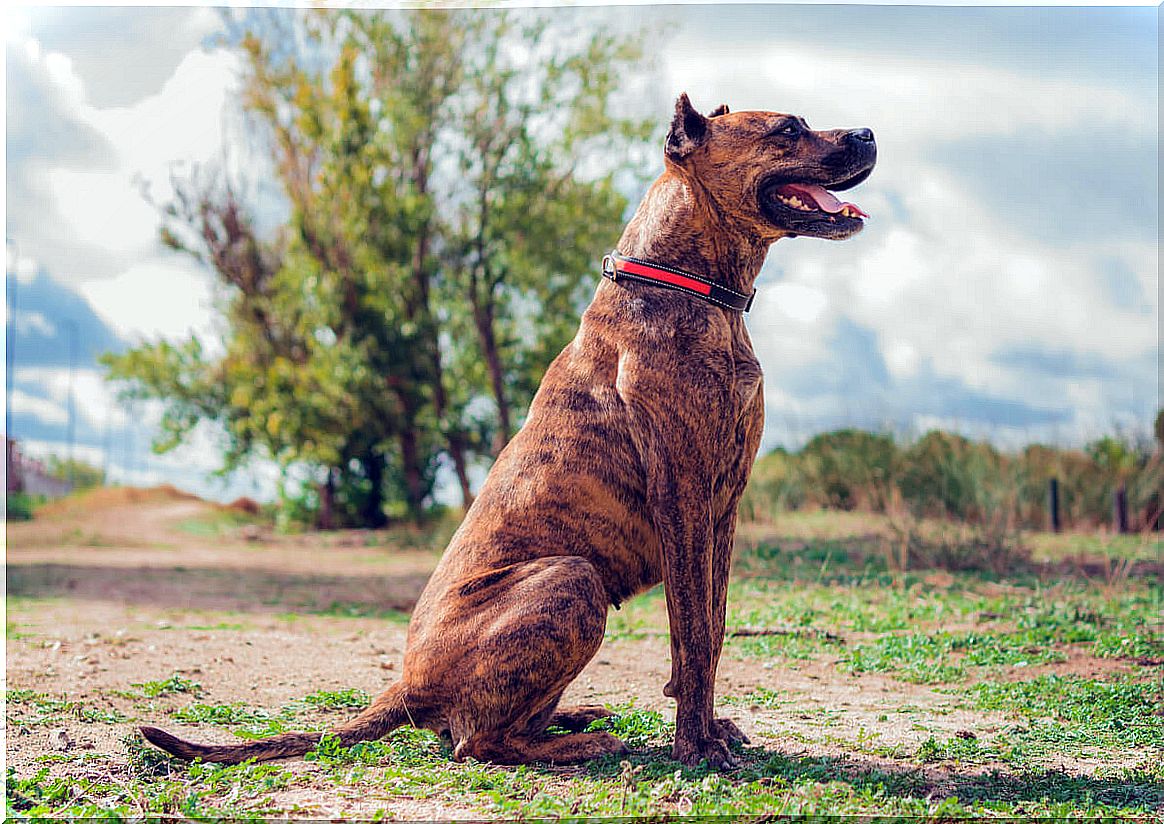
2. Bullenbeisser
He was of German origin and is considered to be the forerunner of some of the larger dog breeds, grouped together under the name “Generation Bullenbeisser”. It is known that they were good hunters, of the molosser type, with short and brindle fur, a “forward” jaw, great musculature, and whose breeding was controlled by the hunters. The extinction was due to miscegenation.
3. Alpine Mastiff
Another of the extinct dogs that lived in Europe. He was the “father” of the Saint Bernard and a contributor to the various mastiffs that are known today. It had a brindle coat and was at the time the largest dog in England. Since it was mixed with the general population, the crosses did not take long to appear, and therefore, the disappearance of pure specimens could not be controlled.
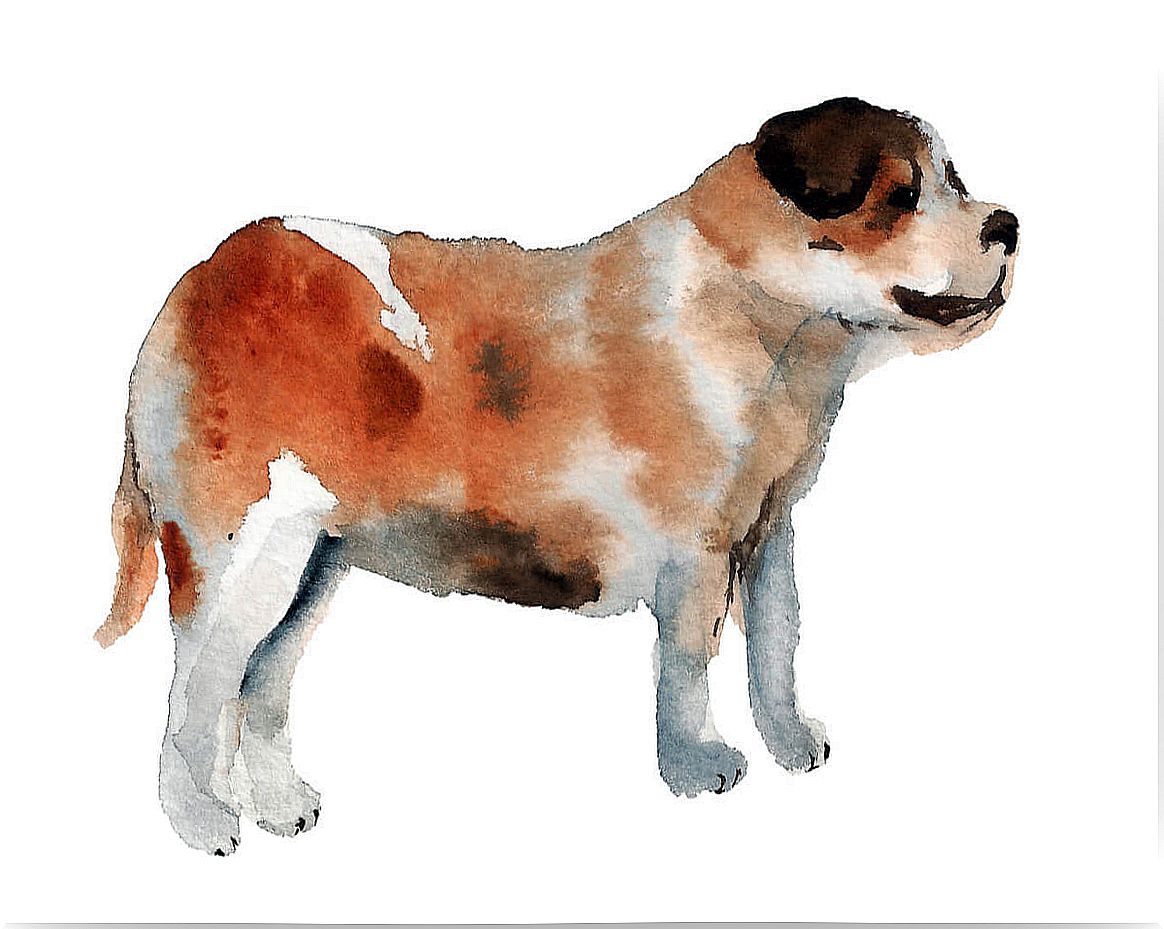
4. Celtic Hunting Dog
The Celtic Hound lived in the time of the Irish Celts and appears in various local legends. It is said to be the “combination” of the Irish Wolfhound, the Scottish Greyhound and the Greyhound. Images of this animal have been found in seventeenth-century paintings and jewelry as a symbol of hunting, as guardians of roads and crossroads, and even as a protector and guide of lost souls.

5. Cordovan fighting dog
This breed originally from Argentina emerged as a cross between several dogs: English Bulldog, Bullenbeisser, Bull Terrier and Spanish Mastiff. The first specimens appeared in the 20th century, and as their name suggests, they were used to fight to the death, they had a great tolerance for pain and were very aggressive, even before mating. All of this led to their extinction. One of the breeds that derives from this is the Dogo Argentino, which was born in 1920.
6. English White Terrier
He arose in England and had short, stiff, lustrous pure white hair. He was strong-muscled and weighed between 5 and 10 kg. The first specimen of the English White Terrier was named Silvio, and he was born in 1876. The owner’s name was Alfred Benjamin and he took him to various dog shows where he won some prizes between 1877 and 1878.
7. Puy braco
It is an old French breed used for hunting on flat lands due to its flexibility and lightness. The Braco de Puy was born in the 19th century in the old province of Poitou after crossing sighthounds with arms. It is believed that the name is due to the Puy brothers, who crossed their dogs with the African Sloughi brought by the soldiers. The color of this canine was white with orange spots. Although it is considered within the extinct dogs in its original form, it could be reconstituted using other similar ones.
8. Cuban Dogo
Also called the Cuban Mastiff, it was used for fighting and belonged to the Bullmastiff group. It was introduced in the Caribbean country to capture “maroons”. With the abolition of slavery, the Doge disappeared. It had a broad head, drooping lips, drooping ears, a short gray tail with a black face.
9. Norh Country Beagle
The Northern Beagle is another of Britain’s extinct dog breeds that lived until the early 19th century. Its disappearance is due to the cross with other races, for that reason the exact date in which the last pure specimen was alive is not known. What we can say is that it is the predecessor of the Modern Beagle, since it was quite similar in appearance.
Main image source: Wikimedia Commons.



